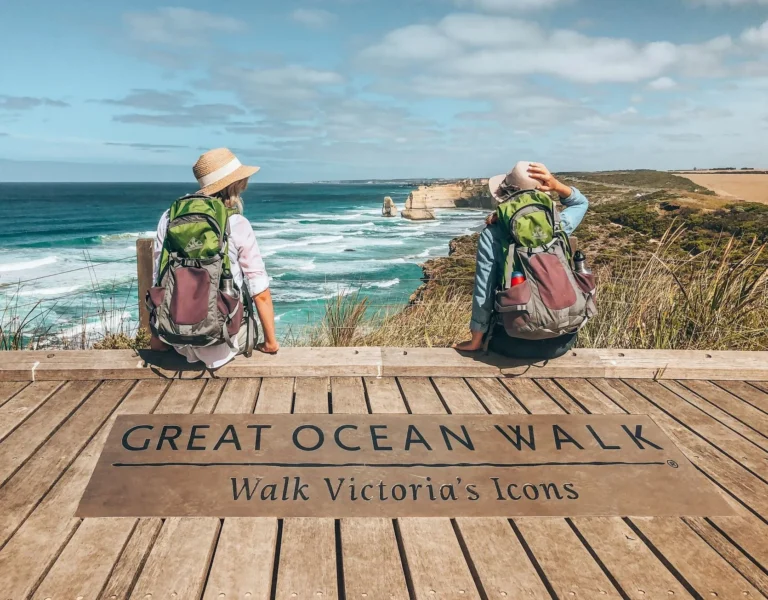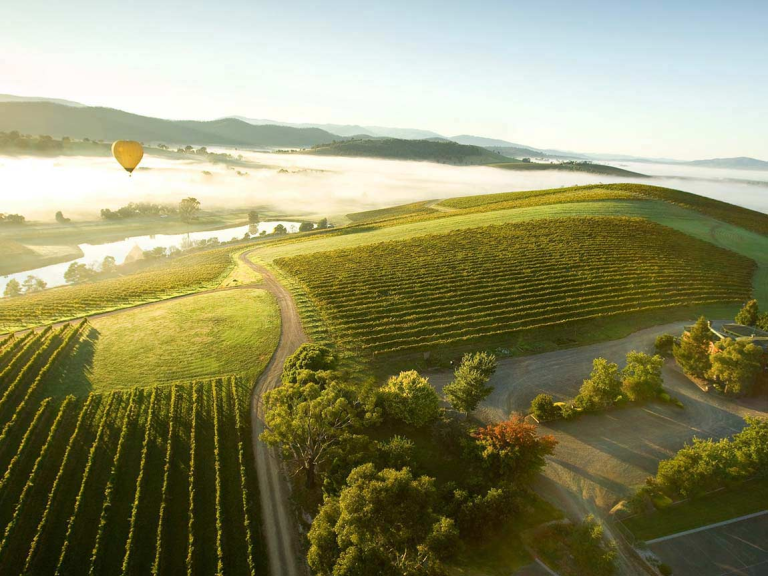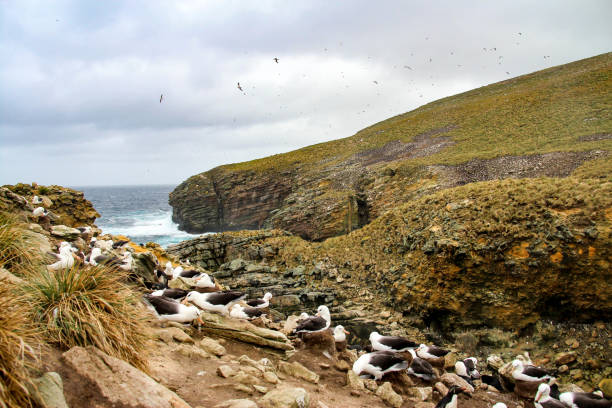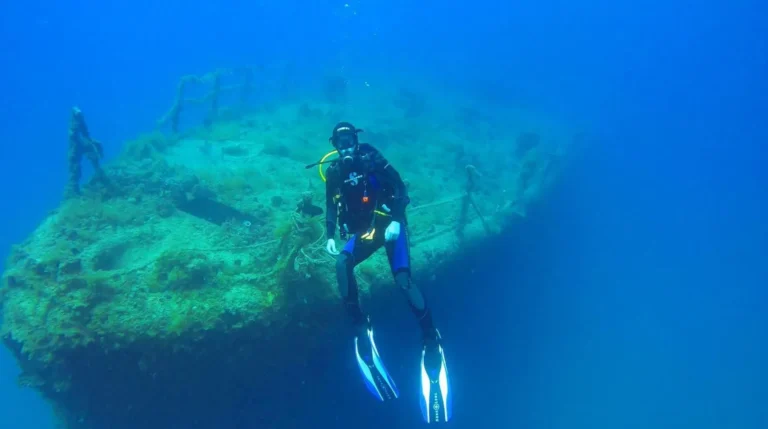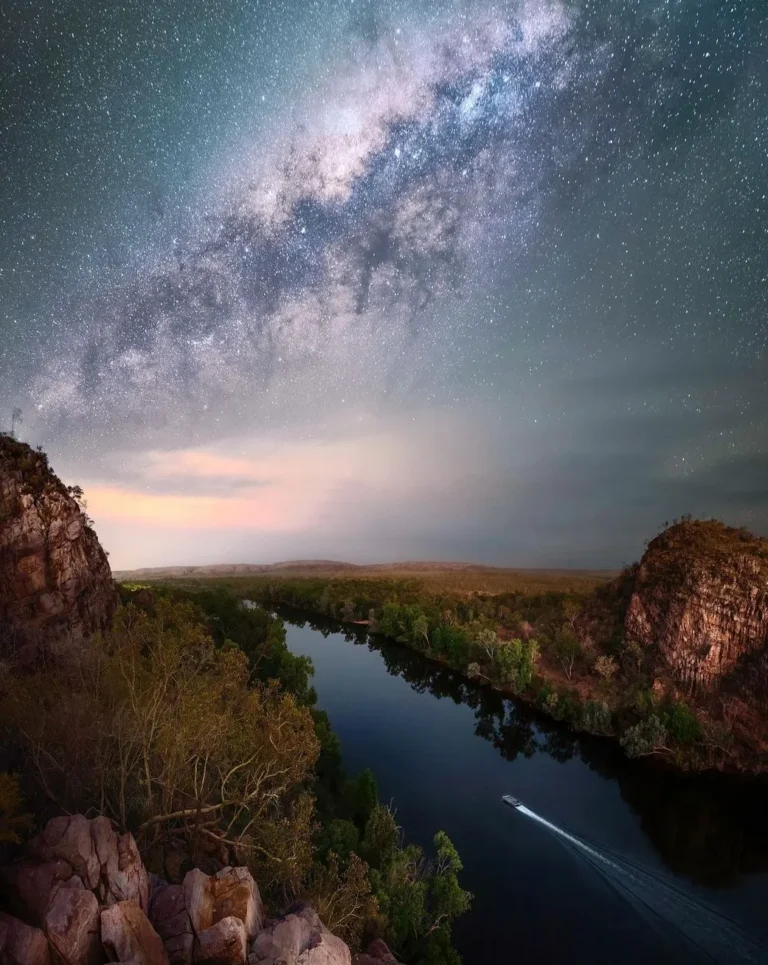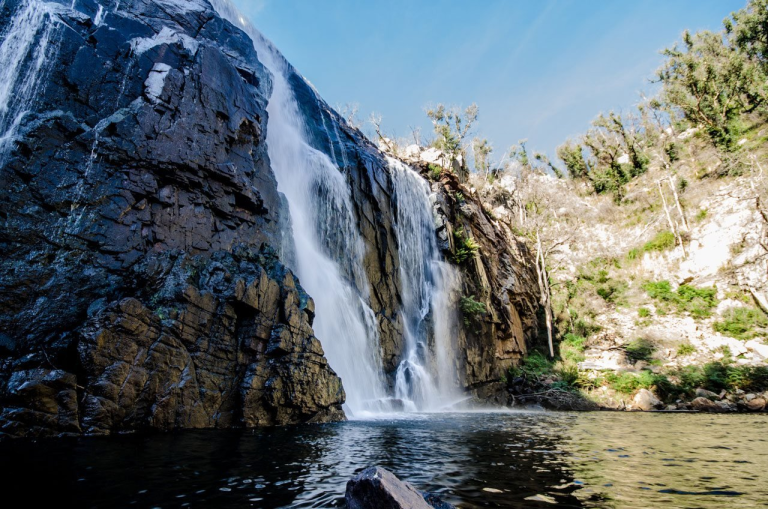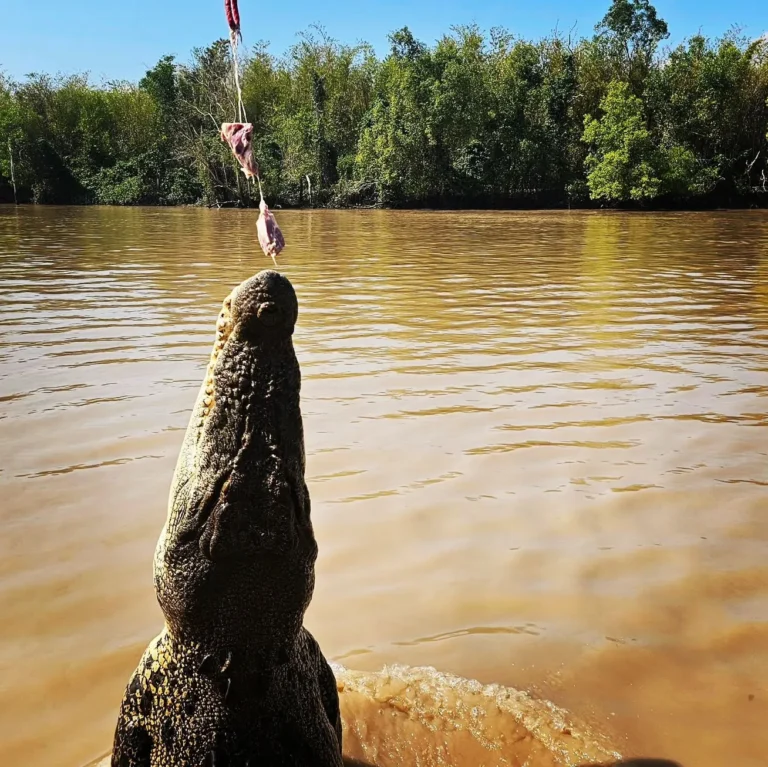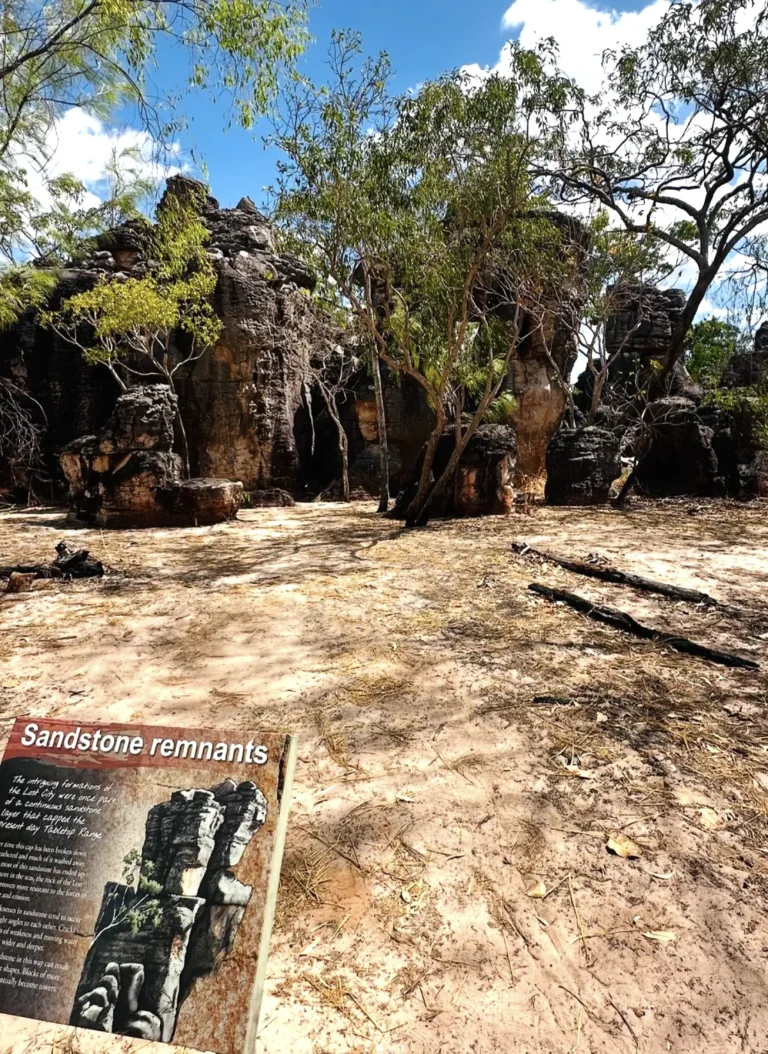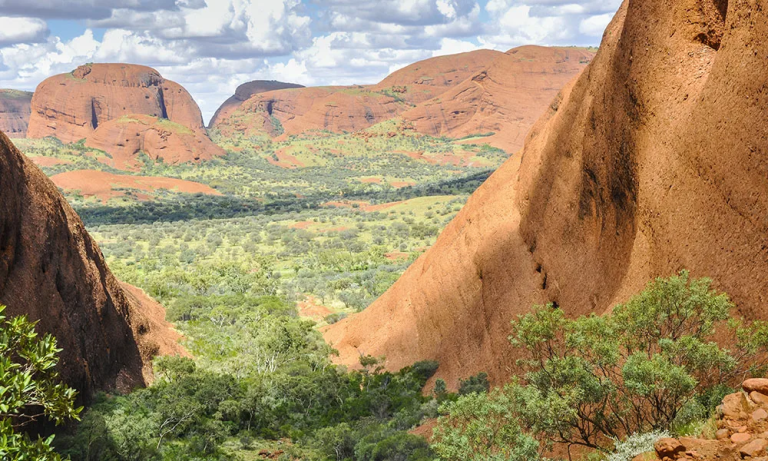Phillip Island is popularly known for its remarkable wildlife, and the penguins are one of the biggest attractions. Indigenous to the island, these penguins represent a unique species, charming their spectators with their enchanting waddles and intriguing lifestyle. The primary species found here is the Little Penguin, with sporadic sightings of other penguin species.
Familiarizing Yourself with Phillip Island’s Penguin Population

Located just off Australia’s southern coast, Phillip Island serves as a habitat for one of the largest colonies of the world’s smallest penguin species, the Little Penguin (Eudyptula minor). This island is among the few places where you can observe these penguins in their natural habitat. Over the years, these Little Penguins have become the main attraction of the
Phillip Island Penguin Tours
, fascinating hundreds of visitors daily.
Understanding the Unique Penguin Species
The Little Penguin, sometimes known as the Fairy Penguin, stands approximately 33cm tall, making it the smallest penguin species globally. Its blue feathers and small stature make it a unique sight. Phillip Island serves as home to an estimated 32,000 breeding adults, making it the perfect destination for penguin lovers.
While the Little Penguins dominate Phillip Island, there have been sporadic sightings of other penguin species. However, these instances are exceptionally rare and often lead to excitement and intrigue among the local community and visitors.
Diving Deeper into the Life of the Little Penguins on Phillip Island
Understanding the life of these Little Penguins is a fascinating experience. Their behaviors, survival strategies, and breeding cycles, are truly captivating.
Little Penguins spend a significant portion of their time in the sea, hunting for seafood such as fish and squid. On land, they are quite sociable and often seen in groups, known as colonies. They are nocturnal on land, typically coming ashore at dusk.
Breeding usually occurs from August to February. The penguins become very active during this time, making nests, laying eggs, and raising chicks, making it an excellent time to observe their fascinating behaviors.
Their ability to adapt to changing conditions significantly contributes to their survival. Predators and climate changes have challenged these creatures, yet they have managed to thrive, thanks to their adaptive nature.
The Seasonal Shifts in the Penguin Population at Phillip Island
Like many other creatures, penguins also exhibit population shifts with changing seasons. Despite this, you can still experience the thrill of watching them in action on your Phillip Island Penguin Tours all year round.
Navigating Penguin Migration Patterns
While Little Penguins are resident species, it’s observed they spend more time at sea during the winter months, extending the times between their appearances on land. This behavior is often attributed to food accessibility with changing seasons.
Summer is typically a peak time for the Little Penguins, as the days are longer and food is more plentiful. During the winter, their attendance on land diminishes as their diet mainly consists of migratory prey.
The Impact of Climate on Penguin Behavior and Migration
Climate change significantly affects penguin behavior and migration patterns. Rising temperatures and melting ice caps alter the habitats where penguins forage and breed, forcing them to migrate further in search of food and suitable breeding grounds. Changes in sea ice concentrations also affect the availability of their main food sources, like krill and fish, disrupting their feeding cycles. These environmental changes not only increase the energy expenditure needed for survival but also impact breeding success rates, leading to declines in some penguin populations.
| Aspect | Impact |
|---|---|
| Temperature Rise | Forces migrations, alters habitats |
| Melting Ice Caps | Decreases breeding areas |
| Food Availability | Decreases due to ecosystem changes |
| Breeding Success | Lowered by habitat and food disruptions |
Human Interaction with Phillip Island’s Penguins
Phillip Island’s penguins, particularly the famous little penguins, face various impacts due to human interactions. The proximity of tourism and residential areas can lead to disturbances that affect their natural behaviors and habitats. Efforts to manage and mitigate these impacts include controlled tourism, habitat restoration, and public education programs. These measures aim to balance human interest and the conservation needs of the penguins, ensuring their survival and well-being.
- Tourism Management:
Controlled visitor access to minimize disturbances during breeding and molting seasons. - Habitat Restoration:
Efforts to rehabilitate and preserve natural habitats that support penguin health and breeding. - Public Education:
Programs designed to educate visitors about the ecological importance of penguins and the proper ways to observe them without causing stress or harm. - Pollution Control:
Initiatives to reduce pollution, particularly plastic waste, in the penguins’ habitats.
Rules and Regulations for Visitors
Direct contact and disturbing the penguins in any way is strictly forbidden. People are urged to stick to designated viewing areas and respect the animals’ space. Flash photography is also banned, as it can disrupt the penguins.
Visitor interaction, when regulated, has a minimal impact on the penguin’s ecosystem. However, unregulated activities can cause harm. Hence, it’s crucial visitors strictly follow the guidelines in place.
Several initiatives are undertaken to protect the penguins on Phillip Island. This includes habitat protection, threat eradication, and comprehensive research to monitor their health and lifestyle.
Conclusion
The Phillip Island’s penguin population, primarily consisting of the Little Penguin species, is a remarkable sight that attracts thousands each year. Through responsible tourism and conservation efforts, we can ensure the survival of these creatures, enabling future generations to enjoy the unique spectacles these penguins provide.
FAQs
What type of penguins can be found on Phillip Island?
Phillip Island is home to Little Penguins, the smallest penguin species in the world, making them a unique attraction on the island.
Do any other penguin species visit Phillip Island?
While Little Penguins are the most common residents, other penguin species are occasionally spotted, though these sightings are extremely rare.
When is the best time to visit Phillip Island for penguin viewing?
Penguin viewing is available year-round, but the best time to see them is during the breeding season, which typically begins in August, when their numbers are higher.
Can visitors interact with the penguins?
No, direct interaction with the penguins is strictly prohibited to protect both the penguins and their natural habitat. Visitors can watch the penguins from designated viewing areas.
How are penguins being protected on Phillip Island?
Numerous conservation efforts are in place, including habitat protection, predator control, and continuous research to better understand the penguins’ needs and ensure the long-term survival of the colony.

